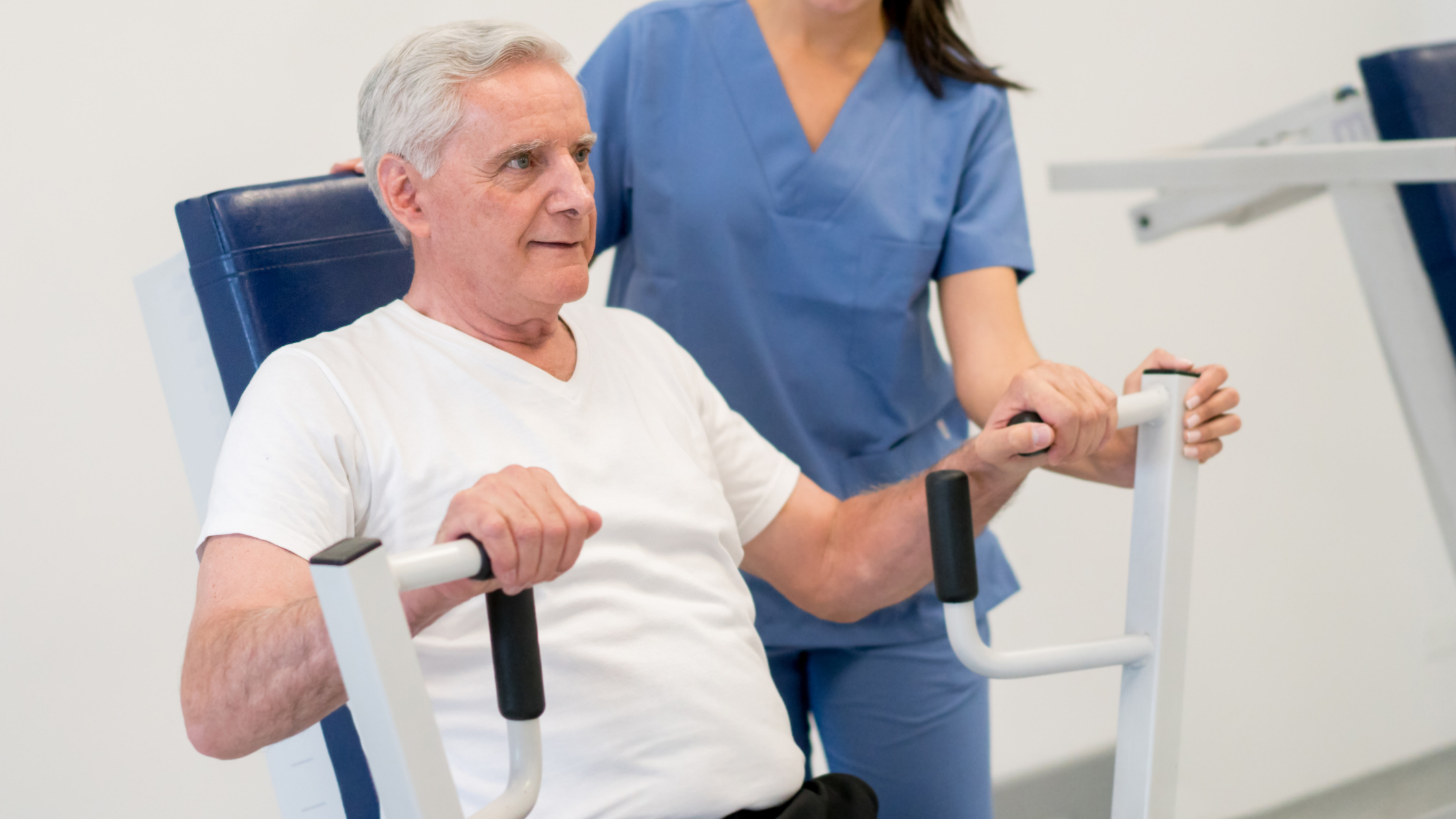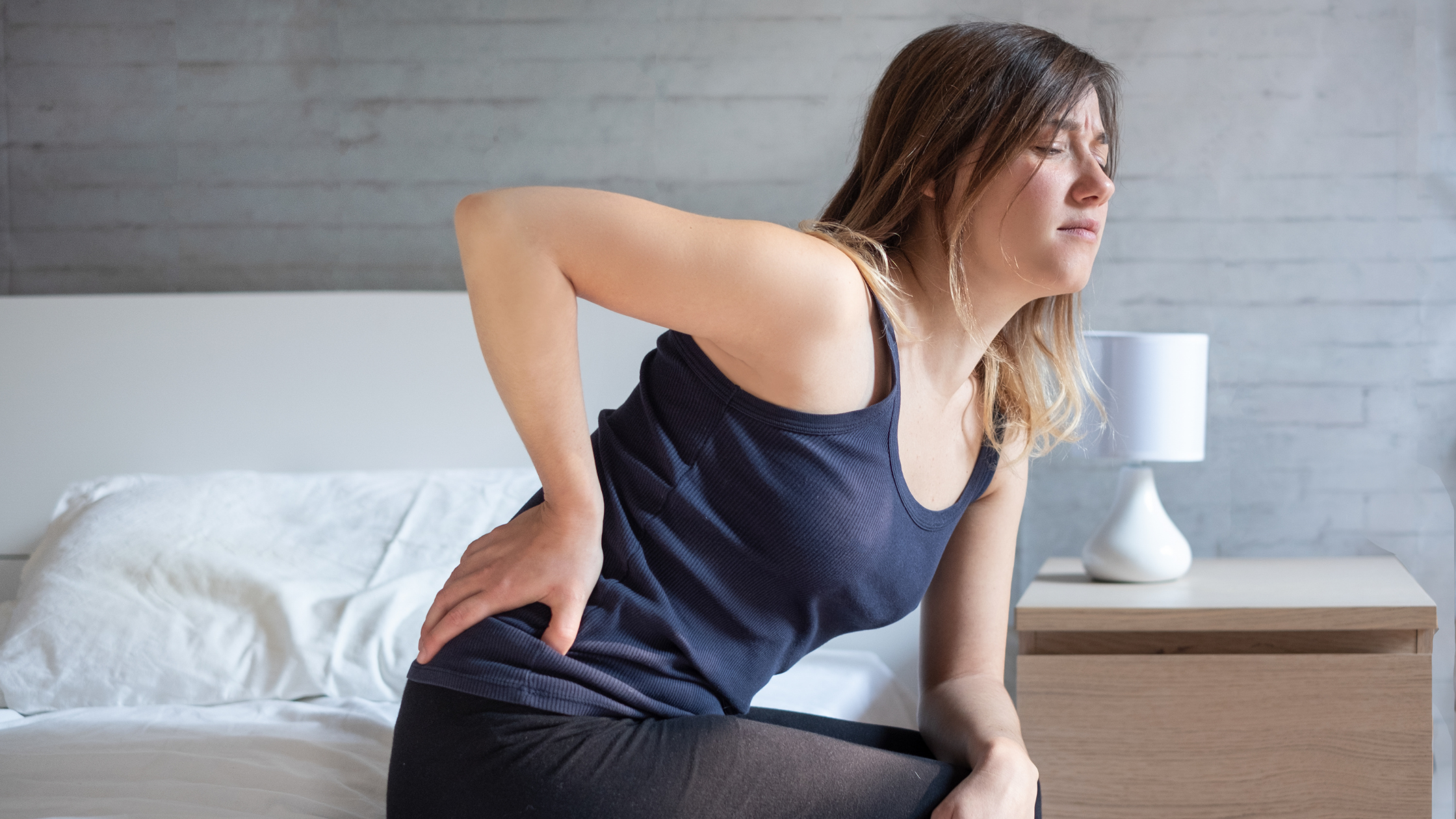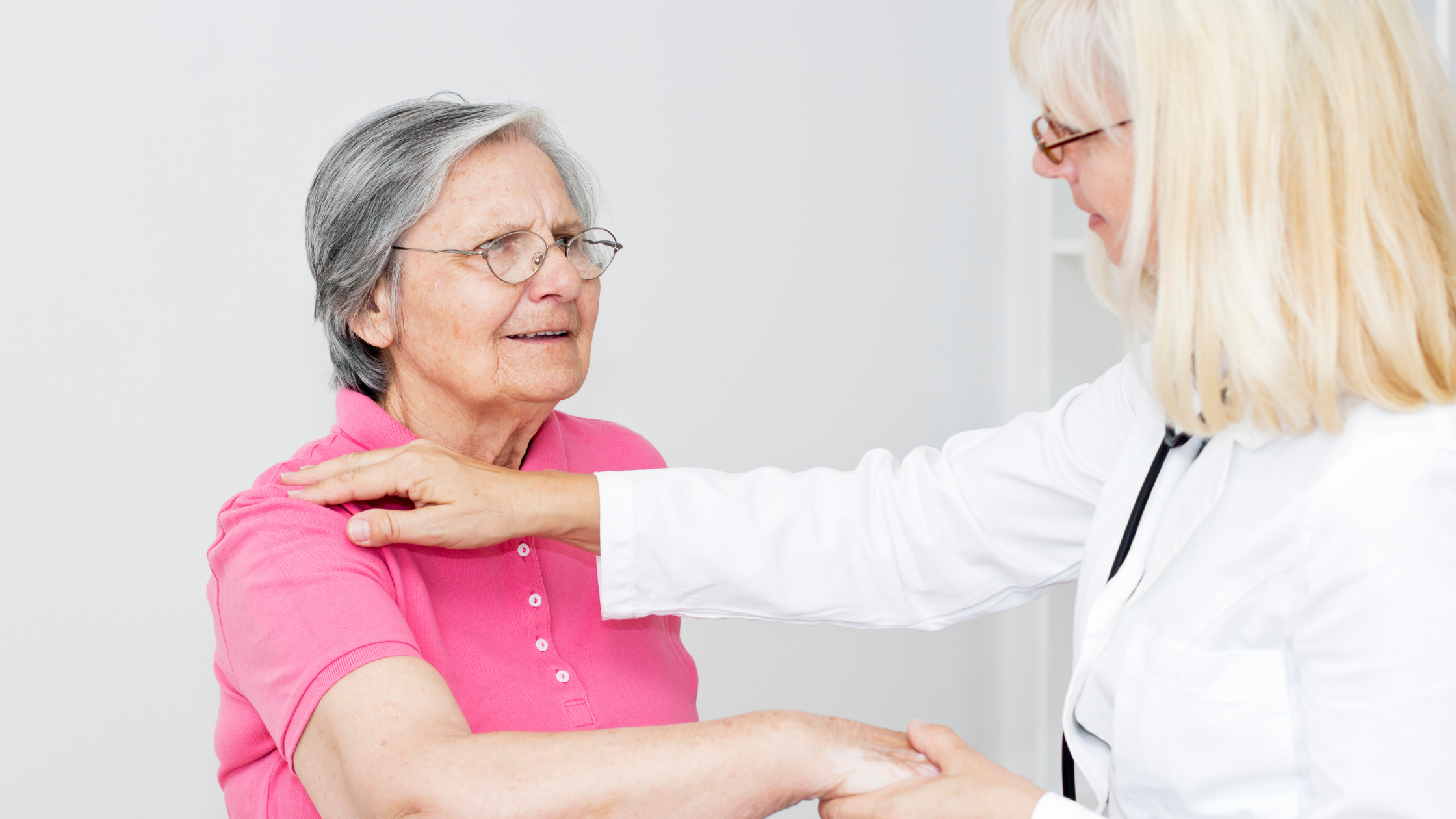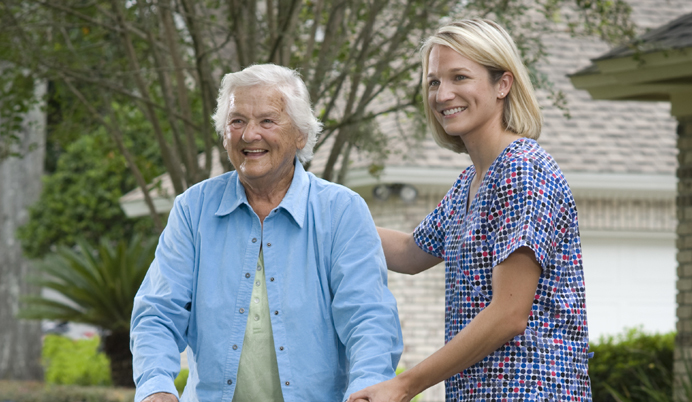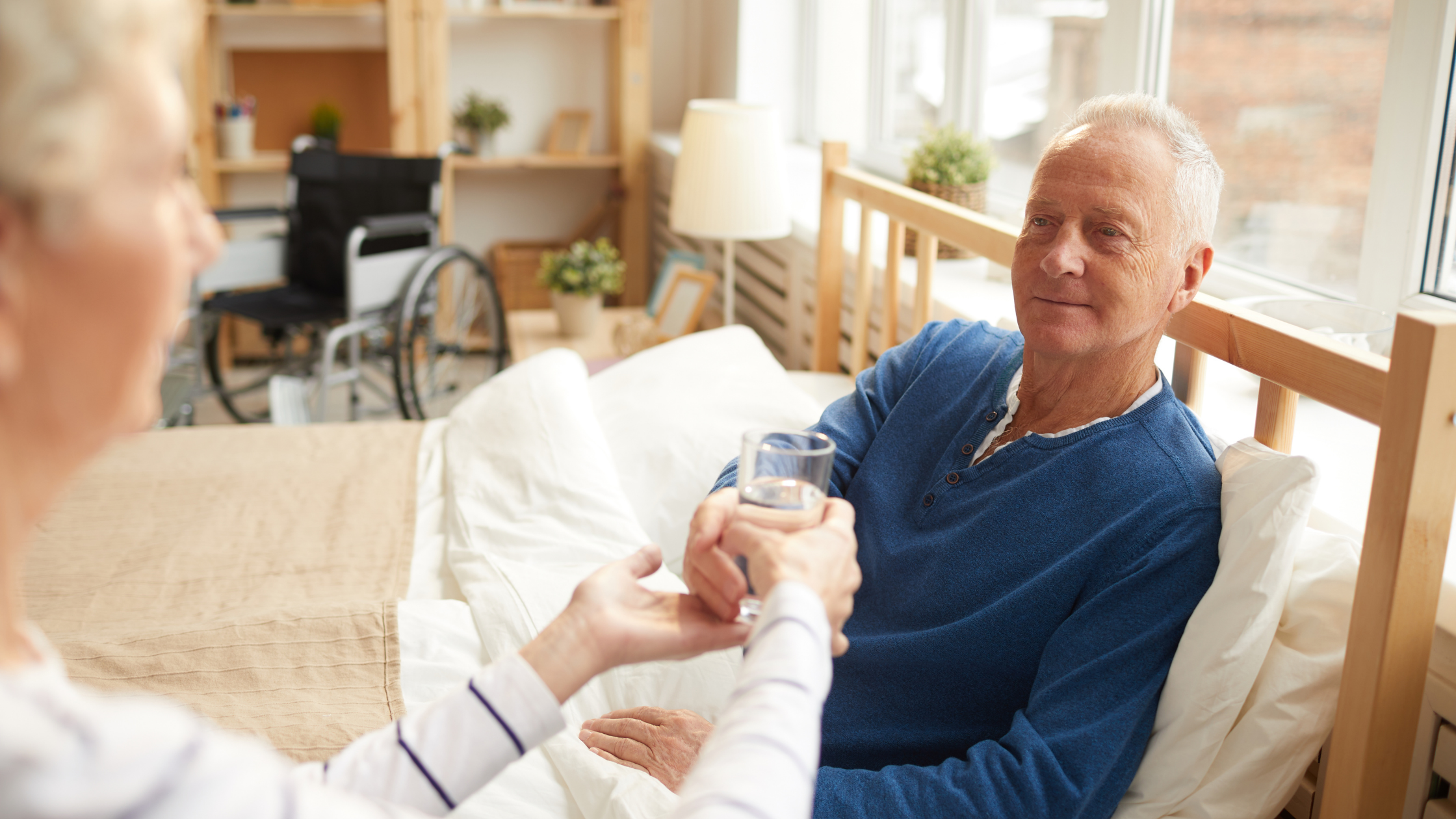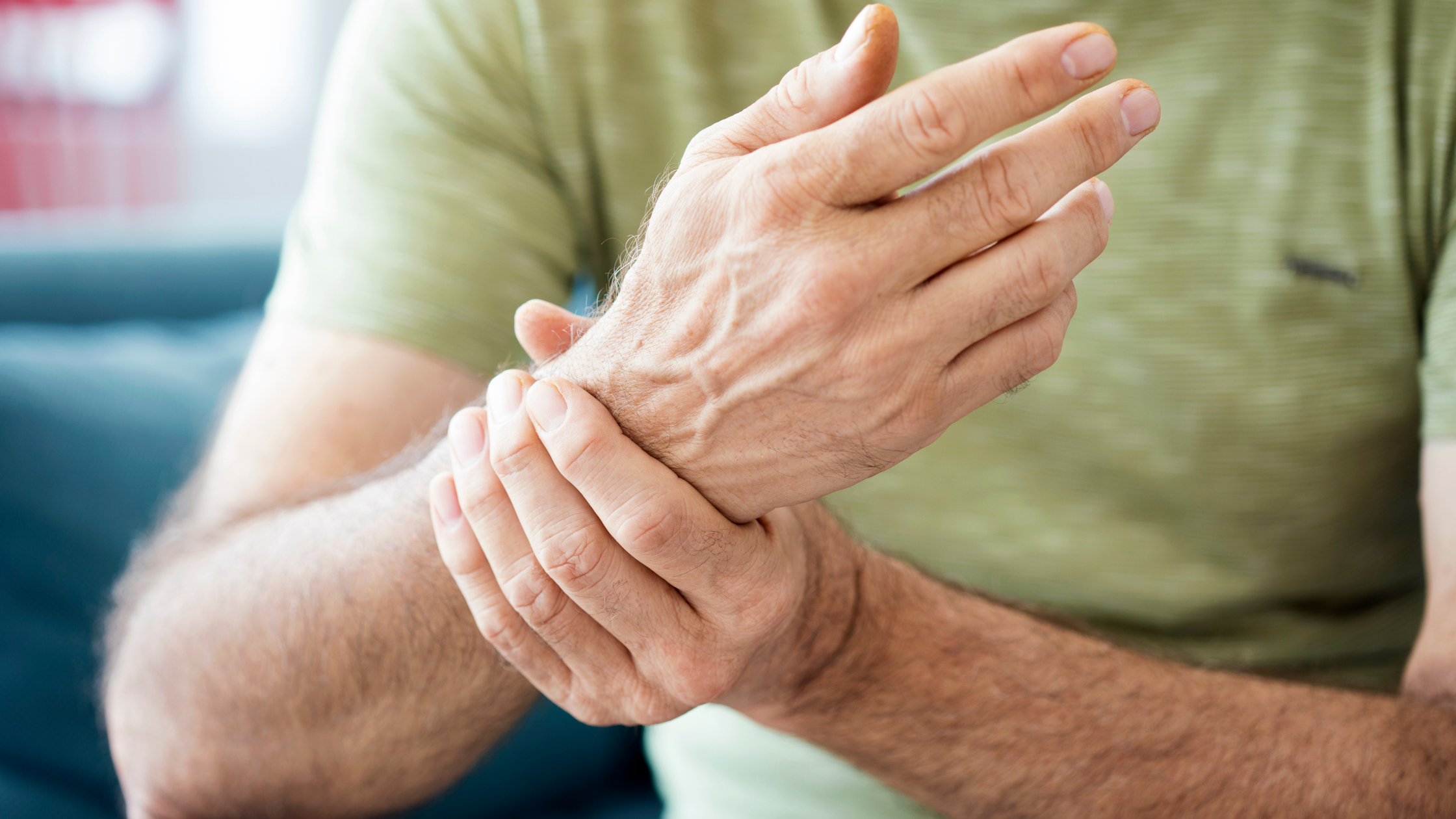When your joints are in pain and not performing up to par, it can wreak havoc on your daily life. Arthritis pain can strike nearly anywhere in the body, but there are steps you can take to reduce pain caused by arthritis. At Home Advantage Rehabilitation Solutions, we recommend in-home physical therapy to those struggling to manage their arthritis pain. During Pain Awareness Month, our team would like to bring special attention to the pain and suffering frequently caused by arthritis. Continue reading to learn more about how physical therapy can help reduce arthritis pain.
How To Reduce Arthritis Pain
Learning how to manage arthritis is the first step in reducing pain. You can do many things to learn how to manage your condition and make dealing with the pain easier. One way to reduce your arthritis pain is by knowing what you need to watch out for if you start feeling symptoms of a flare-up. You should understand that you should not “tough it out” if you begin to experience symptoms of a flare-up because they can get even worse over time. While arthritis pain can be disabling at times, physical activity can help reduce pain. Your joints need stimulation to avoid putting more pressure on the cartilage that was damaged by arthritis. If your joints are healthy, you reduce pain and inflammation that can cause even more physical damage over time.
Physical Therapy for Arthritis Pain
Physical therapists can help you deal with the pain caused by arthritis by moving safely and effectively. Our physical therapists can show you what exercises you need to do to stay as flexible and strong as possible. Flexibility and strength are important factors contributing to how well your joints cope with issues such as arthritis. The exercises can also work to improve the way your joints work together, which will lead to a reduction in pain. Maintaining physical fitness can help preserve your ability to perform daily tasks and support your joints. Here are some additional ways that physical therapy can relieve arthritis pain:
- Specialized treatments like therapeutic massage and hot and cold therapy can target your arthritis pain at the source.
- Exercises can improve or restore your range of motion.
- Physical therapy can increase muscle tone and strength, which aids in supporting the joints.
Contact Us
Physical therapy can be an effective way to manage arthritis pain for those affected by this disease. At Home Advantage Rehabilitation Solutions, we design highly targeted and personalized in-home programs to meet the needs of each individual. To discover if physical therapy is suitable for your arthritis pain, contact our team today!

